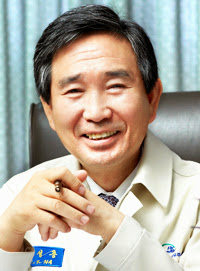Bell Helicopters Lays Off 300+ Personnel

http://www.nbcdfw.com/news/local/Bel...041691.html

Bell Helicopter has implemented a reduction in its workforce which has impacted more than 300 employees across the company with the concentration of job losses at its Fort Worth facilities.
The layoffs included management and non-management positions who are both union-represented and non-unionized.
In a statement the company said:
The realities of Bell Helicopter’s business continue to change. The reductions in U.S. defense budgets are real and sequestration has made the future for defense spending more uncertain than ever. As anticipated, the V-22 Multi-Year II contract reduces the build rate on Bell Helicopter’s biggest program by nearly half, which will negatively affect the level of work in our Fort Worth manufacturing centers.
As a global company, Bell Helicopter must ensure our resources are aligned with business realities and customer demand, while continuing to make investments to remain responsive and cost competitive.
We continue to drive costs out of the business with actions like our facilities consolidation, commercial programs cost-out efforts, business systems modernization, the voluntary separation program offered last year in Fort Worth and in Amarillo a few weeks ago, and – unfortunately – this current reduction in force.
Staffing decisions like this are always difficult – but it is necessary to ensure that Bell Helicopter remains a viable business in the future.
The layoffs included management and non-management positions who are both union-represented and non-unionized.
In a statement the company said:
The realities of Bell Helicopter’s business continue to change. The reductions in U.S. defense budgets are real and sequestration has made the future for defense spending more uncertain than ever. As anticipated, the V-22 Multi-Year II contract reduces the build rate on Bell Helicopter’s biggest program by nearly half, which will negatively affect the level of work in our Fort Worth manufacturing centers.
As a global company, Bell Helicopter must ensure our resources are aligned with business realities and customer demand, while continuing to make investments to remain responsive and cost competitive.
We continue to drive costs out of the business with actions like our facilities consolidation, commercial programs cost-out efforts, business systems modernization, the voluntary separation program offered last year in Fort Worth and in Amarillo a few weeks ago, and – unfortunately – this current reduction in force.
Staffing decisions like this are always difficult – but it is necessary to ensure that Bell Helicopter remains a viable business in the future.





























Comment